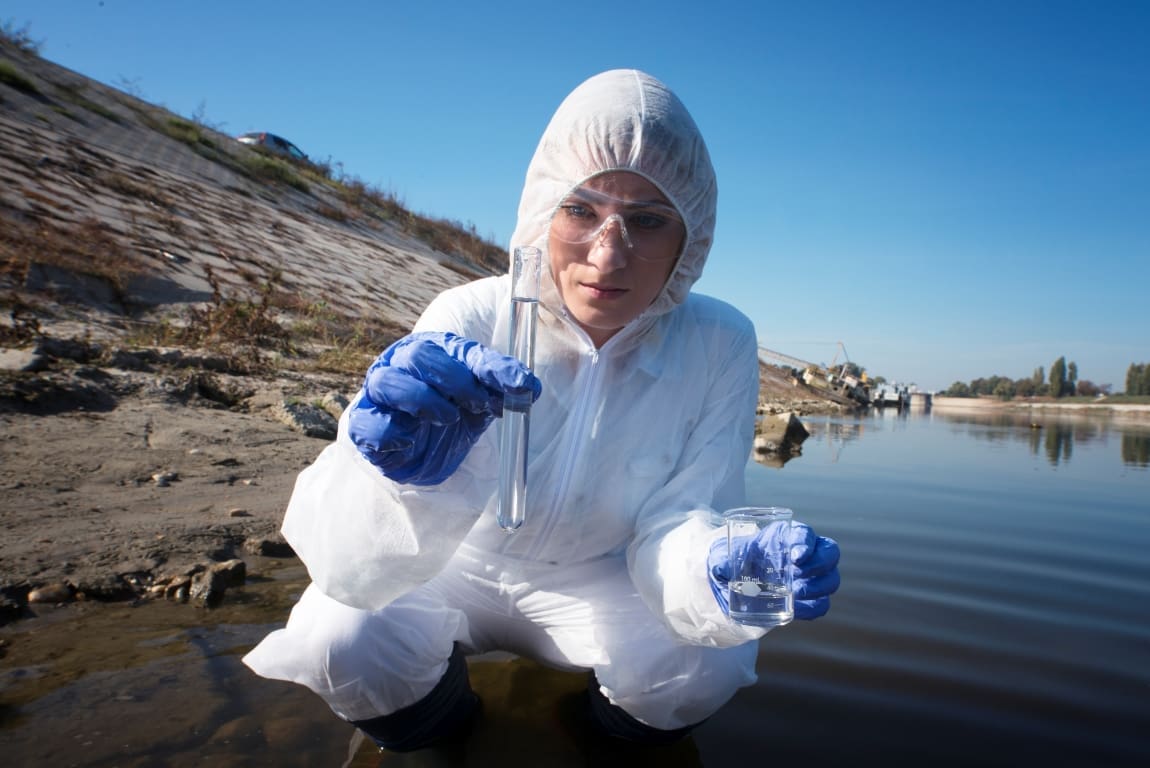By Valérie S. Langlois and Diana Castañeda-Cortés | The Conversation
As incidence of cancer increases globally, the use of cancer drugs is also growing at a rate of approximately 10 per cent per year in developed countries.
Pharmaceuticals significantly contribute to the improvement of human health; however, their environmental impacts have also become a major concern.
Cancer drugs in our ecosystems
Among the many molecules used to treat cancers are cytostatics.
As defined by the United States’ National Institutes of Health (NIH), a cystostatic is “a substance that slows or stops the growth of cells, including cancer cells, without killing them.”
When a cancer patient takes these drugs, the chemicals in them, including cytostatics, are eventually evacuated through the patients’ solid and liquid waste.
A patients’ waste ends up in the hospital or domestic wastewater system, where the chemicals in it are not entirely eliminated by end of pipe wastewater treatment plants. These chemicals can then find their way into aquatic ecosystems, and even our drinking water supply, at varying concentrations.
Cytostatic drugs are now classified as contaminants of emerging concern (CECs) due to their hazardous environmental impact.
The message is clear: this problem is only going to get worse as more people use cancer drugs.
Fast-growing killers
Cytostatic drugs, while essential for cancer treatments, pose significant hazards to all life — and especially to aquatic organisms.
The continuous release of pharmaceuticals into aquatic ecosystems (even at low levels) can reduce surface water quality, endanger biodiversity and disrupt ecosystem functioning.
Despite some research initiatives, such as by CYTOTHREAT in Europe, the baseline data sets needed to inform regulators about the risks posed by these emerging contaminants is lacking, including in Canada.
A recent report, published by the Centre d’expertise en analyse environnementale du Québec (CEAEQ), laid bare the potential risks associated with the main cytostatics registered in Canada.
The risks are myriad, but of particular concern to our research is the toxic impact they have upon fish larvae.
Five cytostatics were highlighted as posing a particular risk in the CEAEQ report. These cytostatics include tamoxifen (to treat breast cancer), methotrexate (to treat non-Hodgkin’s lymphoma), capecitabine (to treat colorectal cancer) and both cyclophosphamide and ifosfamide which are used to treat several types of cancers.
Something fishy in the water
Our research group studied these five cytostatics and the health consequences they pose for fish embryos.
At first, we found no significant negative effects on fish mortality, hatching success or heart rate.
However, a closer look revealed that ifosfamide had a noticeable effect on swim bladder inflation in fish. The swim bladder fulfils a critical function for maintaining buoyancy in water. Without an inflated swim bladder, fish cannot freely swim in the water column and are unlikely to survive.
Further molecular analysis is needed to determine a definitive causal relationship between cytostatics exposure and issues in swim bladder inflation.
In a followup study published in April 2024, our research team found that cytostatic chemicals also affected thyroid hormone regulation in fish embryos.
The disruption of the thyroid hormone function could lead to developmental deficiencies in fish, including the swim bladder disorder we detected in our first study. This raises concerns about the long-term health impact of the presence of cytostatics in aquatic ecosystems.
The consequences could be far reaching. Fish are not only a vital component of aquatic food webs, but also serve as indicators of the overall ecosystem health. Any disruption to their development and survival could have cascading effects on biodiversity.
So what now?
Can we mitigate the impact of these pharmaceuticals on aquatic environments?
Proper disposal of unused medications is essential, as is investment in wastewater treatment technologies which can filter out cytostatics. These actions must also be backed up by robust new regulations to reduce pharmaceutical pollution. Cancer drugs are essential, so we must learn how to use them responsibly.
At the same time we must continue research into the environmental effects of commonly used drugs with an aim to understanding their full impact and developing targeted solutions.
While this is a developing field of study, and much remains unknown, it is already clear that long-term exposure to cyclophosphamide — a drug commonly used to treat a range of cancers — in drinking water poses a real risk to children’s health.
It is not beyond the realm of possibility to imagine a future feedback loop where the increased use of cancer-treating cytostatics themselves leads to increasing rates of cancer.
Our work is a call to action. As stewards of our planet, it is our responsibility to safeguard the health and integrity of all ecosystems — including our own.
This article is republished from The Conversation under a Creative Commons license. Read the original article.
Featured image credit: aleksandarlittlewolf | Freepik




